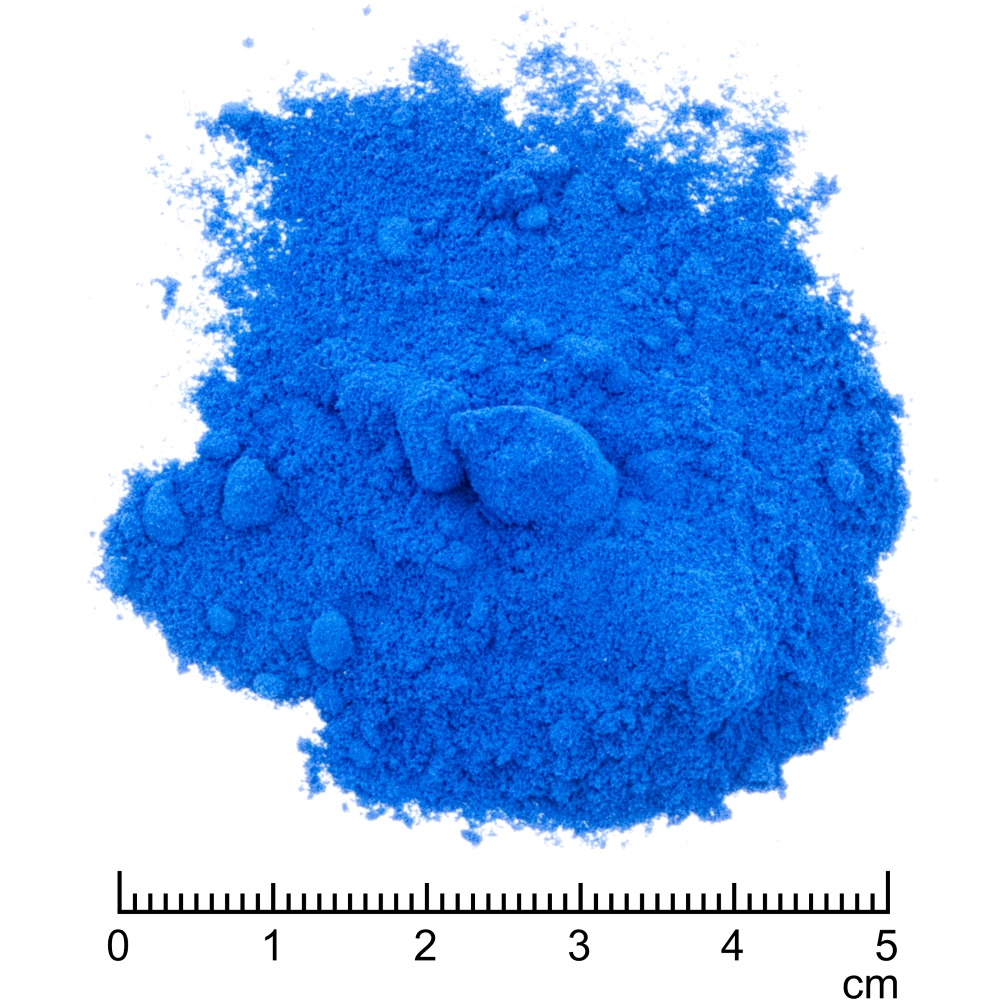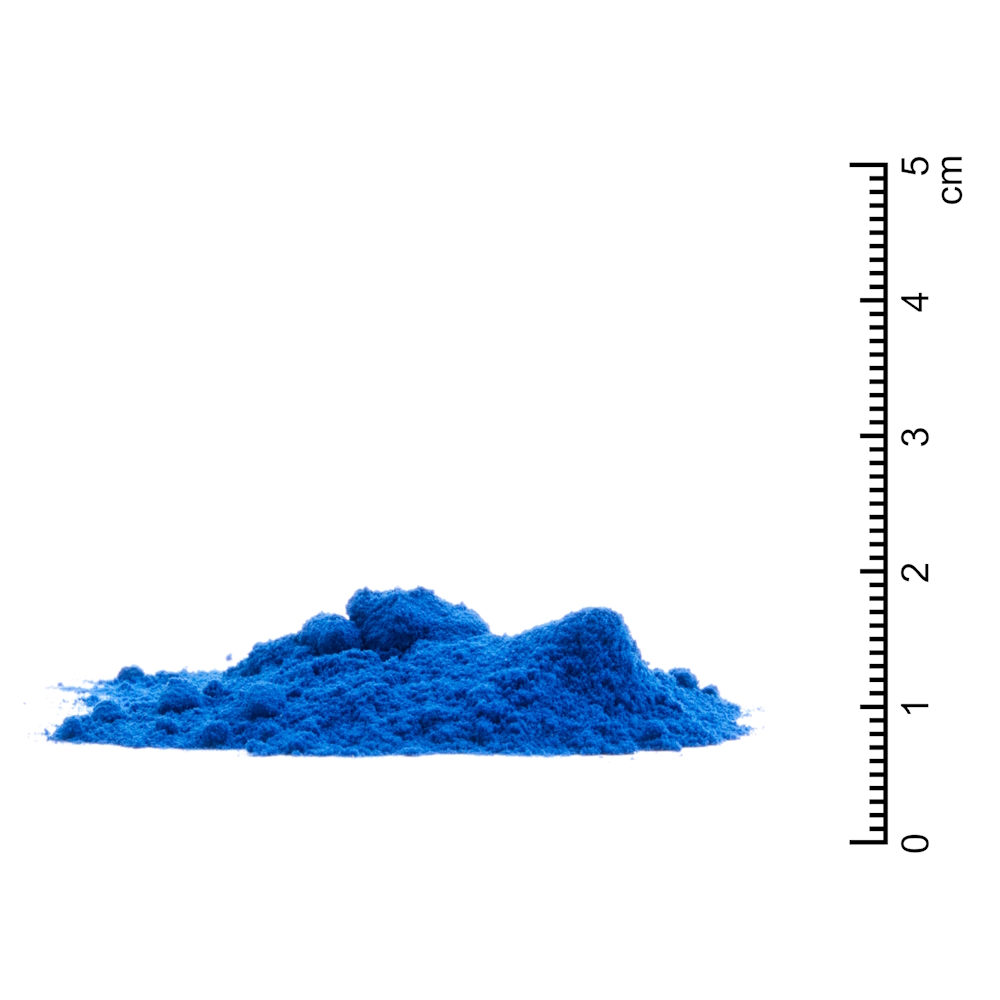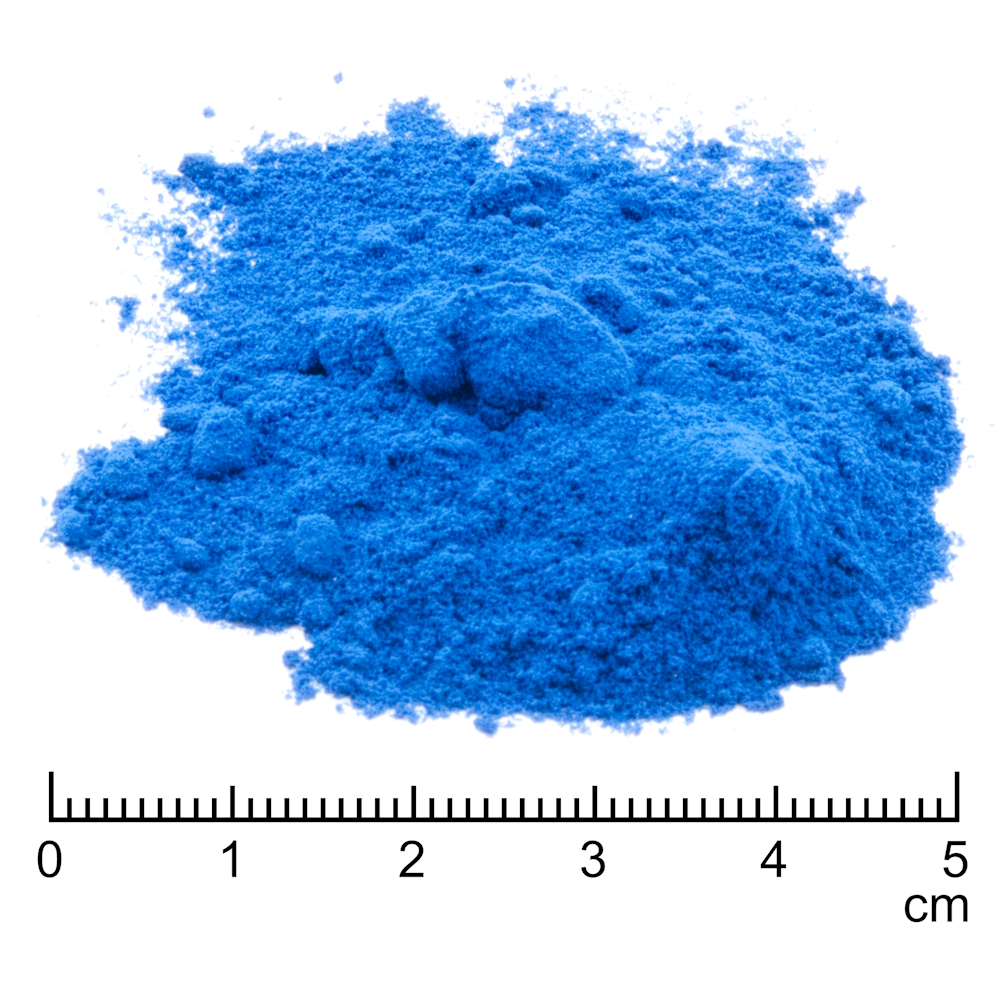Origin
Spirulina needs stagnant or little moving water and therefore occurs naturally in freshwater and saltwater lakes. It grows particularly well at temperatures above 25 °C, e.g. in Central America, Southeast Asia, Africa and Australia. Spirulina is industrially produced worldwide.
Appearance
Spirulina belongs to the microalgae and is actually a bacterium that grows only a few micrometers in size. The chlorophyll with which it converts carbon dioxide into oxygen colors it blue-green.
Production
Spirulina is produced in open basins, greenhouses or glass tube systems (so-called photo-bio-reactor). Depending on the latitude, artificial lighting or heating can be dispensed with. After harvesting, the algae are gently dehydrated by pressing.





